polarizer for Nikon 24-70 zoom ?
Aug 14, 2017 22:43:33 #
ollie
Loc: Ogdensburg, NY
Whenever I use a polarizer on my 24-70 Nikon lens set at 24mm I get vignetting and uneven polarization in the picture with one side definitely showing it more than the other. Is there a "best" polarizer to use with this lens ? what about using polarizers on even wider lenses ? Do they make such filters ?
Aug 14, 2017 23:15:16 #
Since the effects of polarization depends on the angle to the sun, at 24mm all of the photo may not have been at the optimum angle.
Aug 15, 2017 00:13:43 #
I've seen this in bargin CPLs, where the filter is "too deep" and comes into the image on wide angles producing a vignetting type effect.
Aug 15, 2017 00:48:10 #
Havent noticed that problem. Ive had a German B & W CPL on my 24-70 almost full time, for many years. Its quite a thin filter if that makes a difference.
Aug 15, 2017 01:48:29 #
Uneven polarization is a problem when using a polarizer on a wide angle lens. I won't use a polarizer on a lens with a focal length less than 50mm.
Aug 15, 2017 07:03:00 #
ollie wrote:
Whenever I use a polarizer on my 24-70 Nikon lens set at 24mm I get vignetting and uneven polarization in the picture with one side definitely showing it more than the other. Is there a "best" polarizer to use with this lens ? what about using polarizers on even wider lenses ? Do they make such filters ?
That's physics for you. A CPL works best at 90° to the sun. A wide angle lens covers so much of the sky that the polarizing effect is different from one side of the image to the other. It's not necessarily a bad thing. Below are two an extremes example taken in 2012 with a D7000 and Tokina 11-16mm lens - Provincetown.
.


Aug 15, 2017 08:15:53 #
Jerry simply took words from my mouth. A wide angle covers more than the 90 degrees required for polarization.
Aug 15, 2017 08:52:55 #
camerapapi wrote:
Jerry simply took words from my mouth.
Oops! Sorry about that.

Aug 15, 2017 12:26:18 #
CO wrote:
Uneven polarization is a problem when using a polarizer on a wide angle lens. I won't use a polarizer on a lens with a focal length less than 50mm.

Aug 15, 2017 12:44:57 #
amfoto1
Loc: San Jose, Calif. USA
ollie wrote:
Whenever I use a polarizer on my 24-70 Nikon lens set at 24mm I get vignetting and uneven polarization in the picture with one side definitely showing it more than the other. Is there a "best" polarizer to use with this lens ? what about using polarizers on even wider lenses ? Do they make such filters ?
All polarizers, regardless of brand or quality, can give uneven effects due to the location of the light source, relative to the direction the lens and filter are being pointed. You can usually see this unevenness in the viewfinder, and decide whether or not it's a problem in the image. For example, the image immediately below was shot with a 20mm lens and a very high quality B+W Kaesemann C-Pol, with the sun off to the left causing an uneven effect in the broad expanse of the sky. In this case, the cloudless sky was rather boring and I didn't mind the uneven effect, because I think it helps to draw the viewer's eye to the main subject...
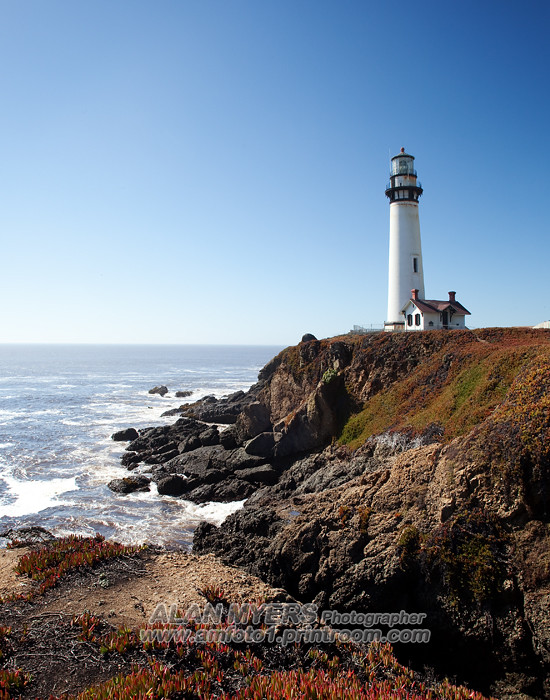
Here's another example using the same lens and filter, even the same subject from a different angle, with the sun to the right. But this time there's lots of detail in the sky and the rest of the scene, which largely hides the uneven effect of the filter:
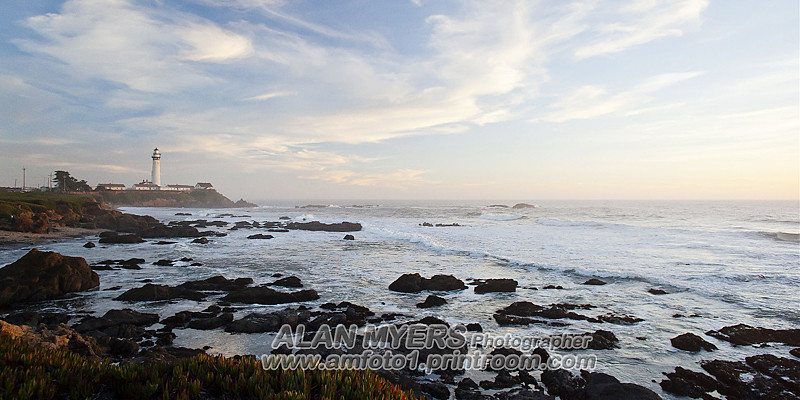
Compare the two images above, with the one below (same lens & filter), where the sun was more "perfectly" located as far as the filter was concerned, almost directly overhead and pretty close to 90 degrees from the lens axis:
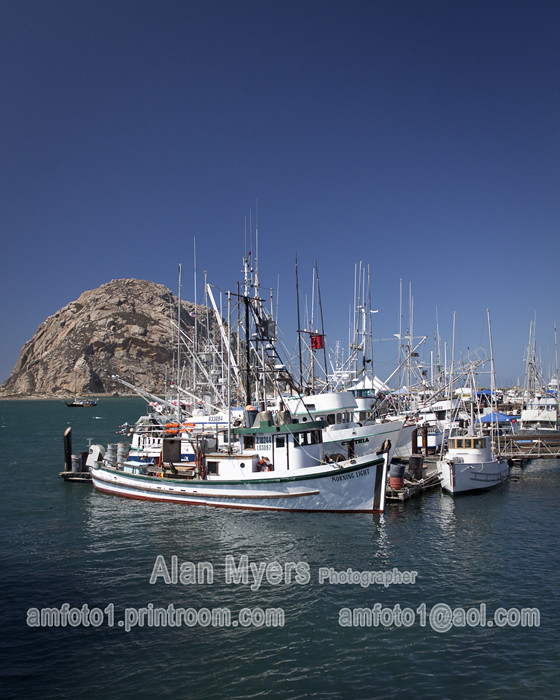
Note: for the above I dialed back the strength of the C-Pol a bit because, while I wanted to deepen the blue of the sky and green of the water, I wanted to keep some of the reflections of the white fishing boats in the water.
There are also times when you simply shouldn't use a C-Pol (or any filter, for that matter). For example, shooting directly into the sun a C-Pol does no good at all, serves no purpose, and will likely just increase flare effects:

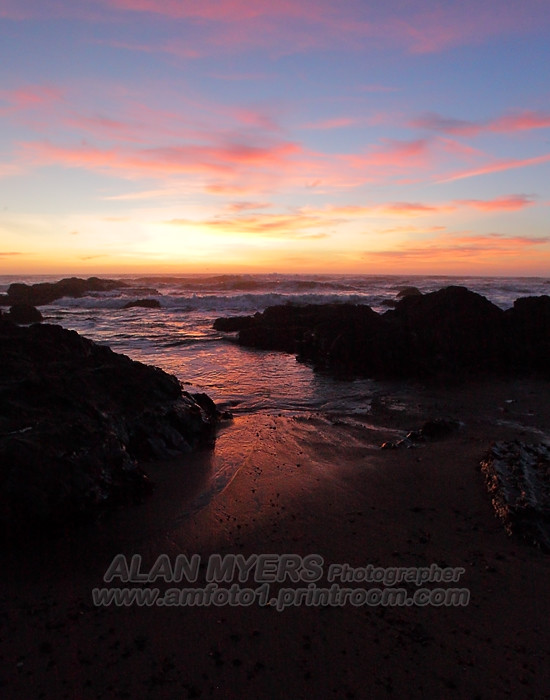
The lefthand image above was a test shot deliberately using a C-Pol at the "wrong time".... and required a lot of post-processing work to correct for loss of contrast and color saturation due to veiling flare, as well as cloning out a number of ghost flare effects. The righthand image was done without any filter. But in this case even though a C-Pol probably wouldn't have had much effect anyway, the reflections off the water, sand and rocks were important to the image and I didn't want to reduce them at all with a filter. This image shot without any filter is much easier to post-process, with no flare effects.
You mention vignetting, too.... And if it's physical vignetting where the filter is actually intruding on the image area, you may need a "slim" filter. Personally I usually avoid those because they're more expensive and can be more prone to getting stuck on lenses... or at least more difficult to install and remove. But if it's needed, it's one solution. For example, B+W offers "XS-Pro" filters that are slimmed down. I use one of those. But even their standard framed "F-Pro" are pretty slim and I've had no problem with them even on lenses much wider than 24mm. If even a slim filter still gives a physical vignetting problem, there are special oversize C-Pol offered (tho often very pricey), or you could simply buy the next larger size and use it with a step ring. The problem with either oversize filter solution is that in most cases you can no longer fit the matched lens hood.
If it's optical vignetting, such as some lenses produce, it's likely stronger or weaker depending upon the aperture being used. You might do a series of test shots at different apertures with your lens, to see if optical vignetting varies. Just set up shooting a very plain, evenly lit wall and see what different apertures produce (with a zoom you might also shoot tests at different focal lengths). Shooting digital, this type of vignetting is usually very easily corrected in post-processing (shooting film, we had to use "center spot" neutral density filters on some lenses that were prone to vignetting... but thankfully those very expensive filters are not needed with digital). Besides, optical vignetting isn't necessarily a bad thing. Heck, it can even be useful at times (shot without any filter, using an older 17-35mm f/2.8 lens that I knew vignette at certain apertures):
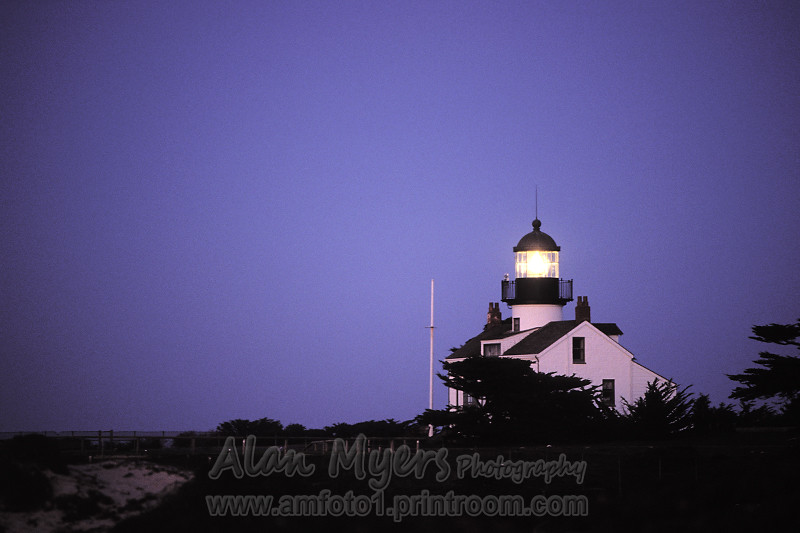
I strongly disagree with a couple previous posts.
First, I never leave any filter on any lens "most of the time". There are simply too many times when a filter can cause problems, while serving no real purpose. Especially not a C-Pol, which typically costs between one and two stops of light (new "High Transmissive" C-Pol don't cut as much light... but still between 3/4 and 1.5 stops, depending upon the setting). I only install and use filters when they actually serve a purpose.... Even C-Pol, which remain one of the most useful types of filters with digital photography.
Second, I strongly disagree with a the idea of never using a C-Pol on wide angle lenses. In fact, because wide angles are the type of lens I use most for scenic shots, and scenic shots are where I find C-Pol particularly useful, I use them most often on wide angle... which are also the type of lens that's most susceptible to oblique or "scattered" light effects, which C-Pol help reduce and correct. I use C-Pol the least often on telephotos... because those lenses naturally have less need for polarization and use nice deep lens hoods to shade them from oblique light. Plus, the subjects I'm shooting with telephotos, I often can't give up a stop or two of light to the filter. Not to mention that filters that are adjusted by rotating, the way CV-Pol are, can be a real pain in the arse with the deep lens hoods used by telephoto lenses.
So, sorry folks, but I do pretty much the exact opposite of what's suggested in two previous responses: I certainly don't leave a C-Pol on my lenses all the time, but I also most definitely don't hesitate to use them on wide and ultrawide lenses, which are the type of lens and subject most likely to benefit from the effects of a C-Pol!
After switching largely from film to digital, I've taken most of my filters out of my camera bag. C-Pol, however, remain one of the most useful and I wouldn't want to be without them.
Aug 15, 2017 13:39:07 #
As usual, Amfoto1 one gives a great answer and fine examples. One other thing I like to do is use my CPL (all B+W Kaesman) on a cloudy/overcast or rainy day - even my 10-21mm Canon. Absolutely the best thing to boost the saturation and reduce reflections (dial in lot or just a little). One other thing to remember, and alluded to in Amfoto's response: there is probably NO post- program that can duplicate the effects of polarization without a ton of work!
Aug 15, 2017 15:48:29 #
amfoto1 wrote:
I certainly don't leave a C-Pol on my lenses all the time...
And they eat up light, so using them all the time calls for increased exposure. Once again, I'll recommend Xume magnetic filter adapters.
Aug 15, 2017 19:29:58 #
ollie wrote:
Whenever I use a polarizer on my 24-70 Nikon lens set at 24mm I get vignetting and uneven polarization in the picture with one side definitely showing it more than the other. Is there a "best" polarizer to use with this lens ? what about using polarizers on even wider lenses ? Do they make such filters ?
That's just a bit tricky, one just have to pay really close attention to that when shooting and adjust the filter accordingly, sometimes it does work, then there are other times you try and still see uneven polarization in your sky, its not the made of the filter, but the way of the beast, as all cpo's have the tendency to do that.
Aug 15, 2017 19:37:34 #
ollie wrote:
Whenever I use a polarizer on my 24-70 Nikon lens set at 24mm I get vignetting and uneven polarization in the picture with one side definitely showing it more than the other. Is there a "best" polarizer to use with this lens ? what about using polarizers on even wider lenses ? Do they make such filters ?
The Wide coverage of wide angle lenses make them ill-suited to polarizers because polarization is a function of the angle of the sun with respect to the camera's position-- so uneven polarization cannot be totally avoided. They do make thin polarizer-- I have one for my Sigma 10-20. It helps with vignetting but does nothing for uneven polarization.
Aug 15, 2017 22:25:25 #
ollie
Loc: Ogdensburg, NY
thanks for the input. I'll be looking into a higher quality and thinner polarizer for the times when I really want it
If you want to reply, then register here. Registration is free and your account is created instantly, so you can post right away.





